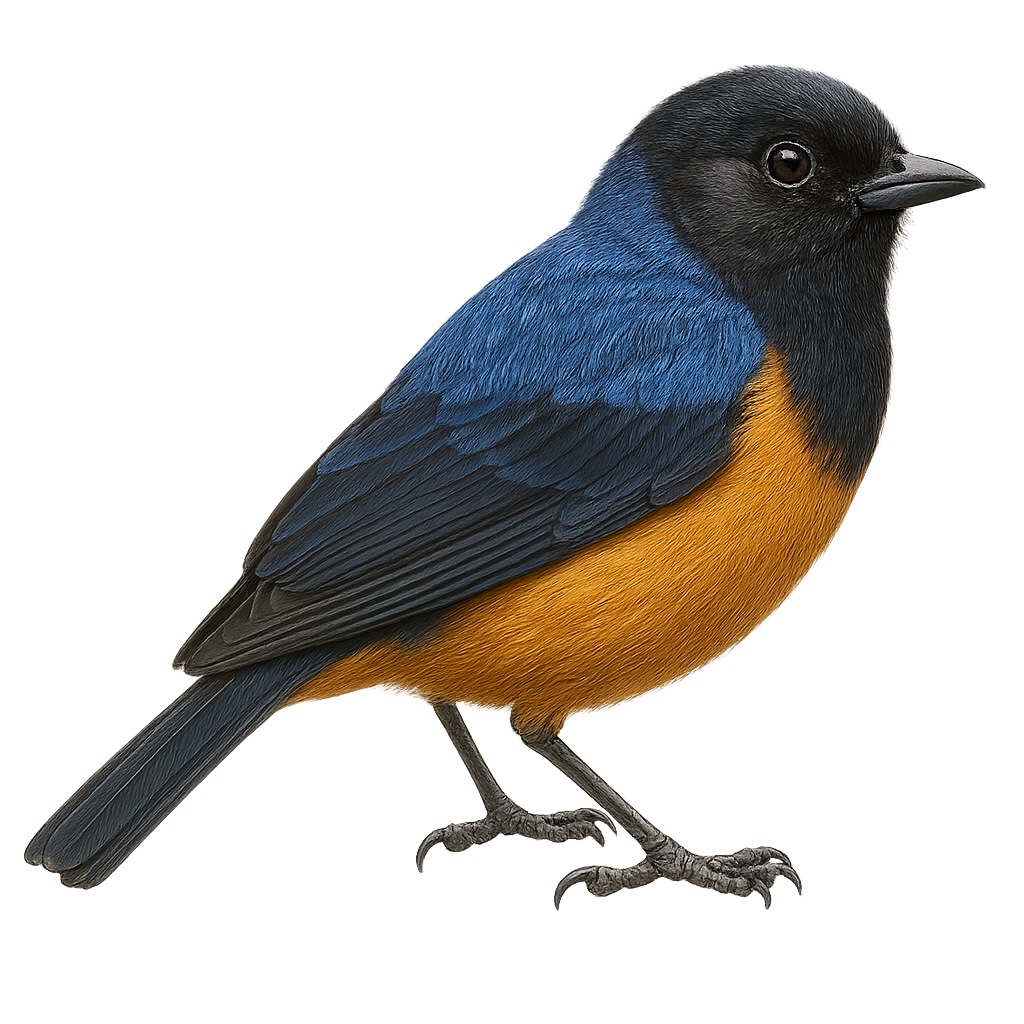Your wildlife photography guide.
Explore the blue-backed conebill in detail, study its behavior, prepare your shots.
Where to observe and photograph the blue-backed conebill in the wild
Learn where and when to spot the blue-backed conebill in the wild, how to identify the species based on distinctive features, and what natural environments it inhabits. The WildlifePhotographer app offers tailored photography tips that reflect the blue-backed conebill’s behavior, helping you capture better wildlife images. Explore the full species profile for key information including description, habitat, active periods, and approach techniques.
Blue-backed Conebill
Scientific name: Conirostrum sitticolor

IUCN Status: Least Concern
Family: THRAUPIDAE
Group: Birds
Sensitivity to human approach: Suspicious
Minimum approach distance: 10 m
Courtship display: October to December
Incubation: 13-15 jours
Hatchings: October to January
Habitat:
humid forests, shrublands, mountains
Activity period :
Primarily active during the day, with peak activity in the morning and late afternoon.
Identification and description:
The Blue-backed Conebill is a small bird native to the Andes, easily identified by its bright blue back and distinctive rufous belly. It measures about 12 cm in length and weighs between 10 and 15 grams. Its conical bill is well-suited for its diet, which mainly consists of insects and nectar. This bird is commonly found in humid forests and shrublands at high altitudes. Known for its melodious song and social behavior, it is often seen in small flocks. Although its habitat is threatened by deforestation, it is currently listed as Least Concern by the IUCN.
Recommended lens:
400mm – adjust based on distance, desired framing (portrait or habitat), and approach conditions.
Photography tips:
To photograph the Blue-backed Conebill, it is advisable to use a telephoto lens of at least 400mm to capture precise details without disturbing the bird. Look for it in humid forests or shrublands at high altitudes. Be patient and discreet, as this bird can be suspicious. Morning is often the best time to observe its activity. Use a tripod to stabilize your camera and adjust ISO settings to compensate for low light under the dense canopy.
The WildlifePhotographer App is coming soon!
Be the first to explore the best nature spots, track rutting seasons, log your observations, and observe more wildlife.
Already 1 430 wildlife lovers subscribed worldwide

